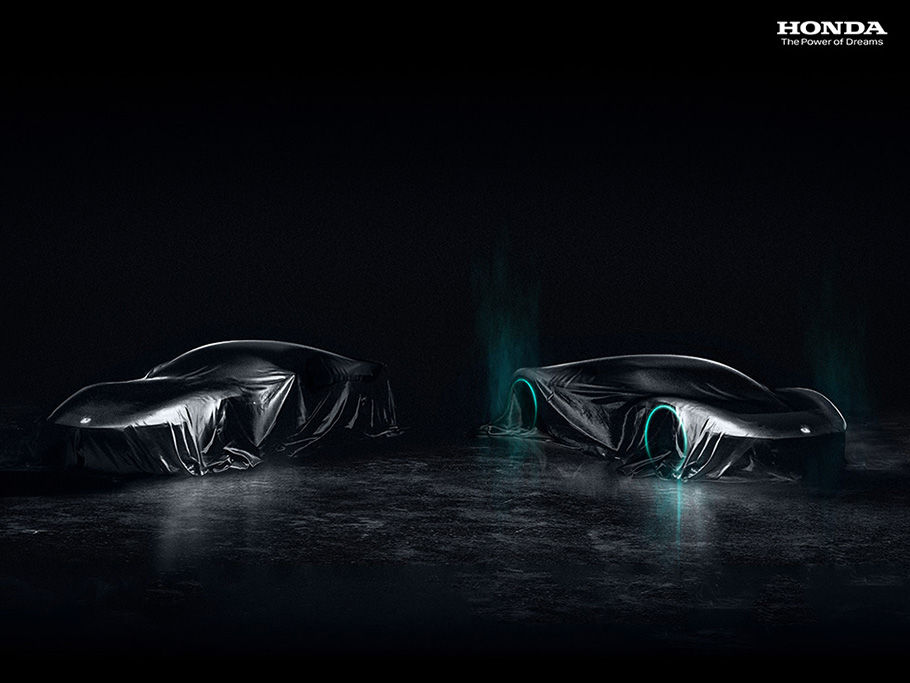Honda to launch 30 EV models by 2030 – TechCrunch
Honda Motor Co. will launch 30 EV models by 2030 with a production volume of more than 2 million vehicles a year, the company said during a live briefing on Monday evening.
The Japanese automaker said it will spend $40 billion (5 trillion yen) on electrification over the next ten years, which includes building its own electrification architecture and exploring new growth opportunities in space exploration, eVTOL, avatar robots and more.
Over the next decade, Honda will also invest around $64 billion (8 trillion yen) in research and development, and an additional $80 million (10 billion yen) per year in startups that could help the automaker to expand its business and shift from selling products alone to offering combined solutions, according to Toshihiro Mibe, CEO of Honda, who noted that the company will also actively pursue inter-industry collaboration and alliances.
Last month, Honda tapped Sony to jointly make and sell EVs.
Honda will rely on external funding methods on an as-needed basis, said Kohei Takeuchi, SVP of Honda, at the briefing. Last month, Honda said it would issue USD-denominated Green Bonds totaling $2.75 billion, which will be allocated towards the development and production of zero-emission vehicles. In June 2021, Honda said it would phase out gas-powered cars completely by 2040.
Honda covered a lot of ground on Monday, including plans to develop batteries, the commercialization of its mini EV and more, so let’s break down the automaker’s new electrification strategy.
Introduction of crazy cheap Honda EVs

Honda plans to launch two new sports EVs in Japan by mid-decade
Honda is planning to introduce an insanely cheap mini-EV model for commercial use at the $8,000 (1 million yen) price range in Japan by 2024. After that, Honda will start to roll out personal use mini-EVs and EV SUVs, the company said. Honda is offering this car for commercial use first because Japan lacks the charging infrastructure needed to roll out wide-scale EV deployment, said Mibe.
By the same year in North America, Honda also plans to introduce two mid-to-large size EV models – a Honda Prologue SUV and an Acura SUV – which are currently being developed with General Motors at prices that are cost-competitive with ICE vehicles.
Just last week, Honda announced a partnership with GM to co-develop electric vehicles by 2027 in North America using GM’s Ultium platform that will go for around $30,000.
The automaker also says it will build a dedicated EV production line in North America.
In addition, Mibe doubled down on Honda’s previous commitment to launch 10 new EV models in China under its e:N Series by 2027, with two models set to go on sale this year. Honda is planning to build a dedicated EV plant in Guagzhou and Wuhan to support production in one of its most important markets.
Honda is also pursuing the launch of two electric sports models, a specialty and a flagship model, by mid-decade, according to Takeuchi, but it’s unclear whether these cars would be as affordable as others Honda is hoping to launch soon.
Honda e: Architecture
While Honda will lean on its partnership with GM to utilize the Ultium architecture and EV platform, the automaker fully intends to build its own architecture by beefing out its software capabilities. The Honda e: Architecture, which the company plans to introduce in 2026, will be an EV platform that includes both a hardware and software layer and is cloud-connected.
Like many other automakers, Honda sees the potential for the software-defined vehicle to help bring in recurrent revenue through third-party applications. That’s why it’s building an application layer on top of the vehicle operating system, which can be continuously updated over-the-air, according to Mibe.
Potential battery joint venture
Honda said it is exploring the possibility of creating a North American joint venture for battery production outside its partnership with GM, but Mibe wouldn’t name names. The automaker’s goal is to ensure stable procurement of liquid lithium-ion batteries the region, as well as in China and Japan, its other two main markets. To support this, Honda aims to strengthen its existing collaboration with CATL in China and to procure batteries for its mini EVs from Envision AESC in Japan.
To accelerate its independent battery R&D for solid-state batteries, Honda is investing about $343 million (43 billion yen) into building a demonstration line. Honda hopes it will begin production by spring 2024 and adopt its next-gen batteries into models to be introduced after 2025.
Continuing to solidify business and reduce costs
Honda is on track to achieve its 10% reduction target for global automobile production, compared to the cost recorded in 2018, Mibe said. Despite issues like the pandemic and semiconductor shortage, the company says it’s been able to tighten its business structure and hopes to achieve a return on sales of more than 7%.




